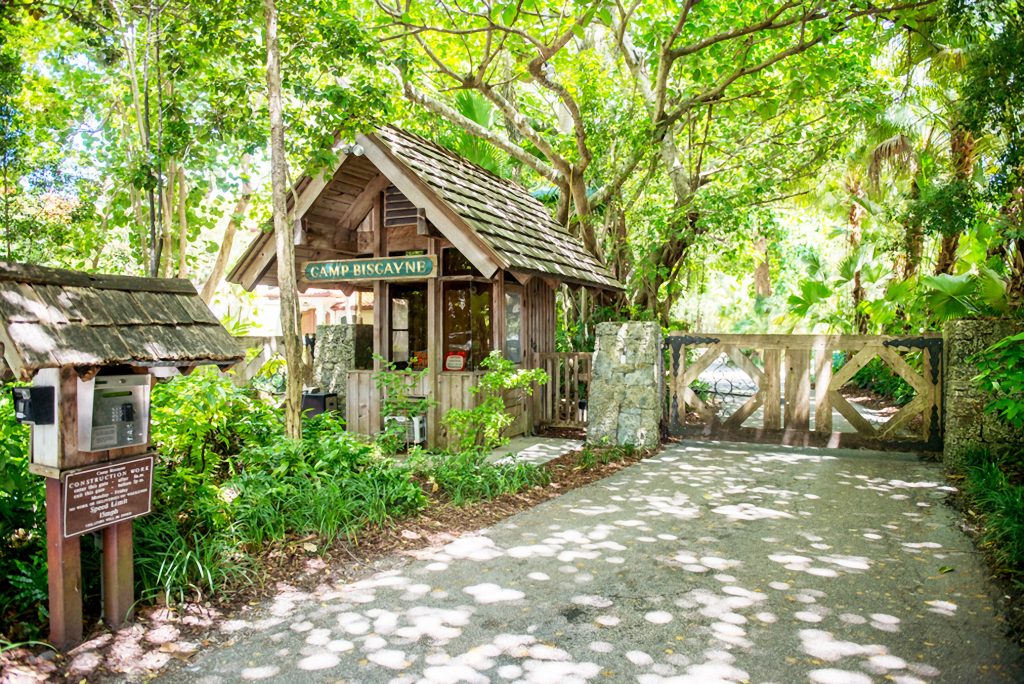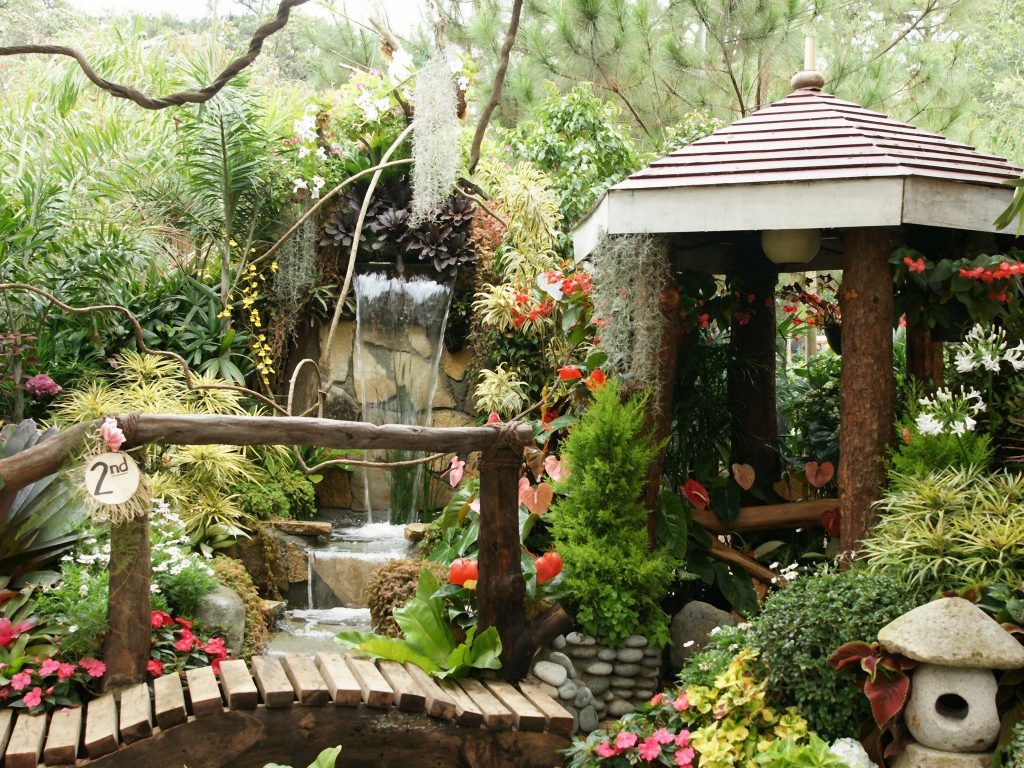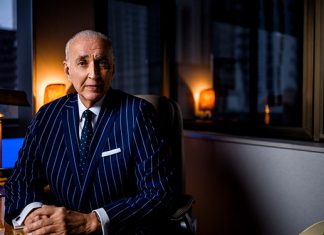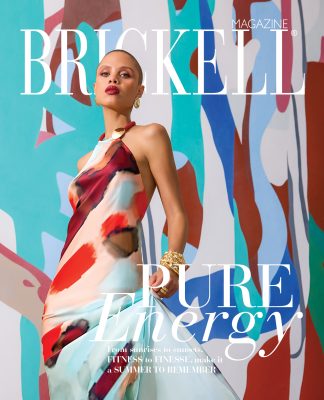
When most people are searching for a home or investment property in Miami, they will razorfocus on big areas that appeal to them and have the benefit of decades of name recognition: Brickell, Key Biscayne, Midtown, Miami Beach, Coconut Grove, Coral Gables, South Miami, Pinecrest, etc.…but there are scores of hidden enclaves peppering the city that only the most seasoned real estate agents know about. Within a few-mile radius of Brickell proper are several neighborhoods featuring everything from cozy cottages to sprawling estates. Sky-high Brickell living provides sweeping views from above, now let’s explore what we can find closer to ground level. Fitting to start the sojourn with the oldest continuously inhabited neighborhood in the city: Coconut Grove. Although it’s become a household name and a regular backdrop on the Big Screen, few know that Madonna, Sylvester Stallone, LeBron James and Everglades hero Marjorie Stoneman Douglas once resided here. A short ride down South Miami Ave. brings you to Bay Heights near Vizcaya Museum & Gardens and Mercy Hospital. A few years ago, the owners within the walled community banded together to pass a special taxing district to add more roving security and an increased police presence, ensuring its reputation as one of Miami’s safest neighborhoods. Also among the most desirable communities in The Grove is Camp Biscayne just steps away from CocoWalk. The former rustic winter retreat was founded by legendary American yacht designer Ralph Middleton Munroe, who lived next door at what is now The Barnacle Historic State Park, and the oldest house still standing in Miami-Dade County in its original location. The private community features less than two dozen homes shrouded by towering oak trees and tropical landscaping. Nearby Abitare is a gated community of 21 multi-level townhomes in paradise, complete with a fishing pier that allows for temporary dockage. A breathtaking canopy of massive oaks provide yearround shade while the balconies and rooftop terraces serve as the perfect spots for enjoying The Barnacle’s monthly jazz concerts or overlooking Peacock Park. Less than a mile south, old-world charm flirts with utopian landscaping and coral formations at Ye Little Wood. This quaint Coconut Grove gated community features home types from bungalows to mansions. It boasts the highest concentration of historic sites in Miami that are listed on the National Register Of Historic Places.

For such a small community, it’s had lots of “firsts” — it was home to Coconut Grove’s first mayor; it was the city’s first platted community; and it served as the backdrop for the filming of scenes from 1972’s Deep Throat, the first pornographic film to feature character development and a story line. Closer to the city center, immediately adjacent to Brickell, is The Roads, a triangular neighborhood that gets its name from swapping “streets” with “roads.” Originally designed, platted and developed by Mary Brickell just days before her death, she gifted The Roads and its wide streets and roundabouts to the City Of Miami that in turn sold all of the properties in a single day on February 1, 1923. Although the homes here were originally planned to be affordable, early interest and prime location has turned the neighborhood into one of the city’s most geographically desired neighborhoods.

Similarly, nearby Shenandoah was one of the first established neighborhoods in Miami. Upon it’s official incorporation, it was nothing more than farmland and piney wood until the real estate boom of the 1920s ushered in one namesake residential subdivision after another featuring Revivalist Architecture homes and buildings. Adjacent Silver Bluff was described in a 1937 ad in the Miami Daily News as an “incomparable community of charming homes and luring tropical beauty…high and dry in the path of cool trade winds.” With an ideal location just a mile from Downtown Miami and sitting a whopping 8 feet above sea level, the area has retained its original integrity as an oasis shielded from bigcity hustle and bustle. Heading West on Coral Way is Coral Gate, a historic residential neighborhood with just 463 homes that served as Miami’s first planned subdivision with entrances off Miracle Mile and Alhambra Circle. The residents have erected a wall and several roundabouts to protect the neighborhood from all angles. The current home to the City Of Miami’s new Mayor Francis Suarez, it was also the childhood neighborhood of Senator Marco Rubio. It was from Coral Gate that his father — a bartender reaching for the American Dream who became a big part of Rubio’s stump speech during his Presidential run — dreamed of becoming an entrepreneur. Today, the neighborhood features one of the city’s most eclectic mix of residents, ranging from retired veterans to young professionals and C-level executives. It’s also home to a family of foxes who serve as the neighborhood’s roaming mascots. If “The City Beautiful” is more your speed, you can find endless romance in the Mediterranean-style villas dotting Coral Gables or you can settle into a scene from one of George Merrick’s Themed Villages. One of the most impressive is the Florida Pioneer Colonial Village, hugged by the Riviera Country Club. Designated historic in 2007, this collection of homes evoke images of New England streetscapes. There’s also Dutch South African Village, a unique assemblage of houses inspired by 17th Century Dutch colonists who settled in South Africa. The handful of homes sit near the Shops At Merrick Park. French architecture influences take center stage at French Normandy Village (French Renaissance); French Country Village (Rustic Farmstyle); and French City Village (French Provincial). A few blocks off US-1, you’ll be stunned to find the towering ornamental gates of Chinese Village which lead to an ornate cluster of homes reminiscent of the Forbidden City. The largest of the themed villages is Italian Village near UM, showcasing 17 homes inspired by Italian farmhouses mere steps from Bird Road.
If you really want to explore Miami like a local, take a sight-seeing sojourn through its most off-the-beaten- path neighborhoods. You may be surprised at what you discover.
Also near UM is Schenley Park, home to Nicklaus Children’s Hospital. Residents and visitors alike are welcomed into the neighborhood with a dramatic two-tower entrance, and not one, but two, parks: the namesake Schenley Park as well as Gables Wayside Park. What really sets this neighborhood apart is the fact that although most of the homes were originally constructed in 1924, many of them have been updated, fashioned into different architectural styles or completely torn down and re-imagined. Whether your real estate preferences lean more toward historic, modern, exclusive, centralized, sprawling, cozy or anything in between, one thing is certain: Miami truly has a neighborhood for every taste, and a house just waiting for someone to turn into a home.











